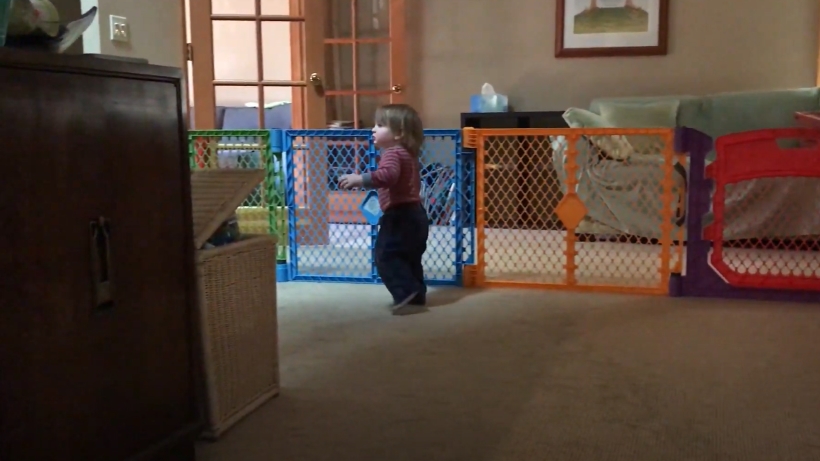Back in 2014 when we moved to Portland from Dallas, we went from a single-story house to a house with stairs. We spent so much time trying to figure out how to babyproof for this new situation. How many gates did we need in order to keep our children and those who would play at our house safe? Did we need to lock the cabinets and have a gate blocking the bathroom, or would one or the other suffice? Were we going to be able to leave pieces of art out and at child level or did everything need to be up on a shelf so high even we couldn’t see it? My question is how much of this preparation was necessary for safety and how much was for our own peace of mind? At what point are we building baby gates around baby gates?

And, wouldn’t you know it? The Torah this week also shares some fences we might reconsider in our time as well. As we read Parshat Naso this week, we read about the Israelite society trying to move forward after leaving Egypt and about what it takes to establish a successful community. The narrative picks up with a second counting of the people, laws about how we are to treat one another and the property that we own, the blessing of the priests to the people, and the laws of the Nazir, those who took a voluntary vow to consecrate themselves to God.
Hearing the laws of the Nazirite, it’s clear how restrictive these restrictions were. No wine or vinegar of wine, and in fact nothing with any kind of grapes or even grapes near it at all. At first reading, the idea of avoiding “anything that is an intoxicant” makes sense. But then, the list of prohibitions gets longer and longer and seemingly farther and farther from the original intent of the rule against intoxication. In essence, a fence around a fence around a fence is built for the Nazirite in order to ensure that there’s not even the slightest risk of temptation. Just the mere idea of grapes might lead to wine.
As farfetched as this sounds, we still use this notion today when it comes to Passover. Ashkenazi tradition prohibits eating kitniyot (legumes) not because it has anything to do with remembering our time in Egypt, but because there might have been, at some point, some kind of contamination of leaven, so therefore all legumes had to be banned.
On the one hand, these limitations, these fences around fences, do offer a sense of protection when it comes to preserving our ancient rituals and more modern customs. They can even add an extra level of unique beautification, like the tradition of lighting candles 18 minutes before sundown so we make sure that we’re prepared without violating a law. On the other hand, a fence around a fence might offer fewer opportunities to learn self-control and restraint and leave less room for conscious engagement with our traditions if we’re so protected from mistakes. Perhaps the lesson we can take from Parshat Naso is that although providing a safety net is helpful, there’s much more to Jewish life than bubble-wrapping our bubble wrap if we want to act with intention.



